Standing in front of the rows and rows of bread options in the grocery store can feel overwhelming, so understanding what makes certain breads better for stable blood sugar can help you feel more confident in your food choices.
In this article, we will discuss what makes a blood sugar friendly bread, what ingredients to look out for, and a few options for the best breads to eat if you are trying to keep your blood sugar under control.
{{mid-cta}}
Does Bread Raise Blood Blood Sugar?
Bread containing sugar or white flour will likely raise your blood sugar. Since bread is primarily made of carbohydrates, it can quickly raise blood sugar. But differentiating between bread made from white flour versus seeds or nuts makes a big difference.
As you'll see below, white flour leads to spikes, but ingredients like fiber or whole, unprocessed grains can improve glycemic control or how stable your blood sugar is after eating<sup>1</sup>.
To minimize or avoid blood sugar spikes, avoid eating bread containing added sugar, high fructose corn syrup, white flour, artificial colors, artificial flavors, and trans fats.
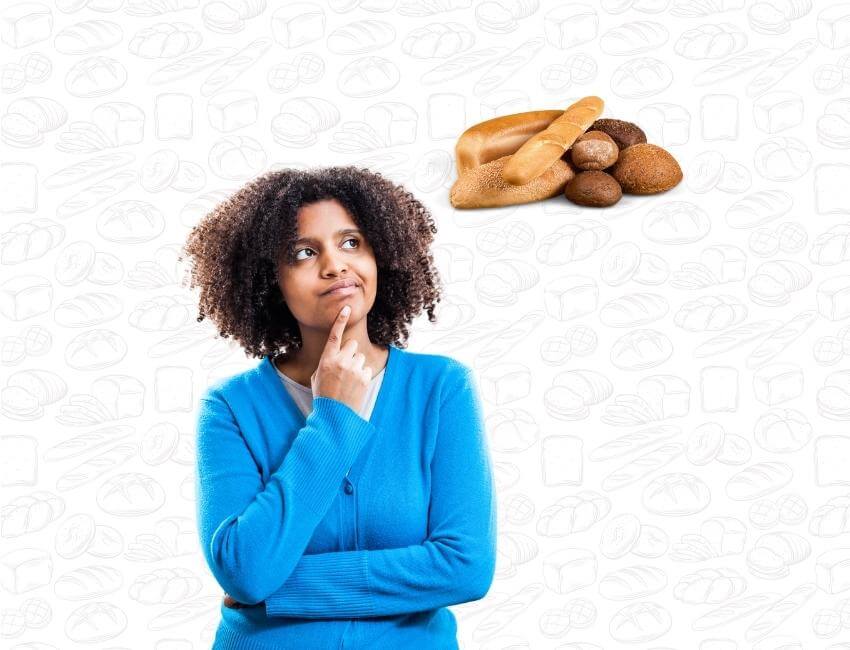
Glycemic Index of Bread
Examining the glycemic response is one way to look at how bread impacts your blood sugar. Glycemic index is a 100 point scale that measures how fast your blood glucose levels rise after eating a particular food. A score of 100 is pure glucose (or sugar), and anything above 70 is considered high.
Diets emphasizing high GI foods like sugar-sweetened beverages are associated with decreased metabolic health, including blood sugar dysregulation and insulin resistance<sup>1</sup>.
White bread has a score of around 70 on the glycemic scale<sup>2</sup> as it's made with refined white flour. The more processed a food is, the more nutrients—like fiber and protein, which naturally occur in whole grains—are removed.
Fiber is a crucial nutrient for blood sugar control because it slows down absorption, and protein has a similar effect. Since white bread is so low in fiber and high in carbs, it's quickly absorbed and raises blood sugar, but whole grains have a lower GI score since they are less processed, so the nutrients remain intact.
The grains themselves can have fiber, but high-fiber ingredients like chia seed, flaxseed, or even garbanzo bean flour can be added to help reduce the impact on blood sugar even further.
How Many Carbs Are In a Slice of Bread?
The amount of carbs in a slice of bread depends on the ingredients and recipe, but here are general estimates<sup>(3, 4, 5, 6)</sup> :
- White bread: 13 grams carbs.
- Whole wheat: 14 grams carbs.
- Rye bread: 15.5 grams carbs.
- Sprouted bread: 13 grams carbs.
If you just looked at the carb count of all these breads, it seems like they are all the same, but your body will digest them very differently. Whole wheat, rye, and sprouted bread have more fiber or protein, so simply looking at the carb count alone isn't going to give you enough information.
How Does Bread Affect Blood Sugar?
Some types of bread can impact your blood sugar differently than others. Let's dive into the different types of bread to examine exactly how they impact your blood sugar.
White Bread
We already discussed white bread a bit earlier, but as a reminder, white bread is a high GI food made with refined white flour. The refining process removes most of the grain's protein, fiber, and other nutrients. As a result, white bread will spike your blood sugar, with a GI index similar to soda<sup>7</sup>.
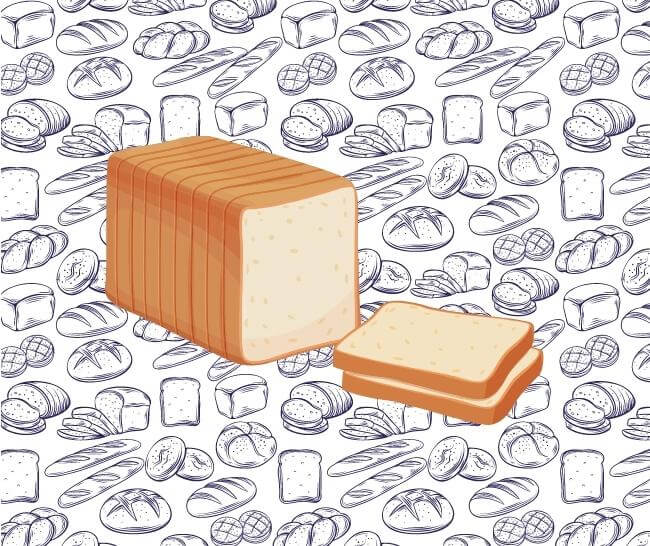
Whole Grain Bread
Whole grain bread means the grain is still intact, so it still contains fiber, protein, and vitamins. Whole grain bread can be made from any grain that hasn't been refined, such as<sup>8</sup>:
- Whole wheat
- Spelt
- Quinoa (technically a seed, but often included as part of whole grain bread)
- Rye
- Millet
Studies suggest that whole grains support blood sugar balance better than refined grains<sup>9</sup>. People who consume more whole grains see lower risks of type 2 diabetes and cardiovascular disease; likely due to the fiber content that slows down digestion and absorption of carbs<sup>10</sup>.
Sometimes a bread will list "made with whole grains” but still contain refined flour or added sugar as an ingredient, so you want to look closely at the ingredient list (more on this below).

Sprouted Bread
Sprouted bread is made by soaking and sprouting whole grains, legumes, or seeds to be ground and used in place of flour. They are lower GI than whole wheat because of the high fiber and protein content. Research suggests that sprouted bread can lower glycemic response even better than whole-grain bread, making it a top blood sugar-friendly bread<sup>11</sup>.
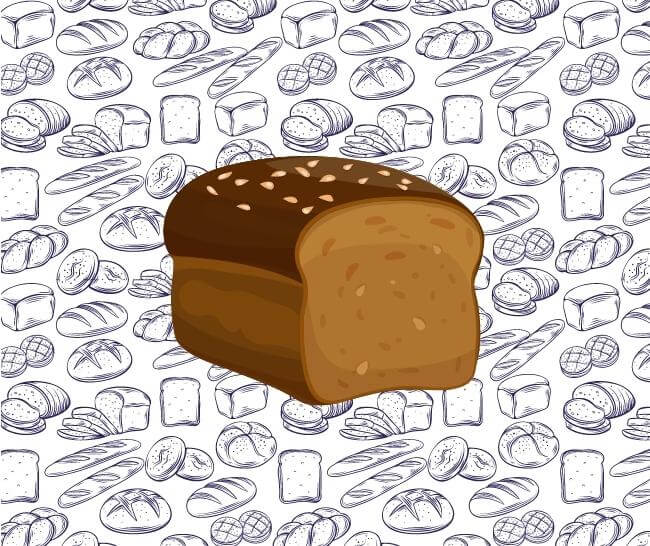
<p class="pro-tip">Also read: 5 High-Fiber, Low-Glycemic Bread Recipes</p>
Sourdough Bread
Even though it's made with white flour, sourdough can impact blood sugar less because of the fermentation process. The carb molecules are altered during fermentation, lowering the glycemic index to improve blood sugar and insulin response<sup>12</sup>. Even better, sourdough bread made with sprouted grain gets an A+ for a healthy blood sugar response even more than white or whole grain sourdough<sup>13</sup>.
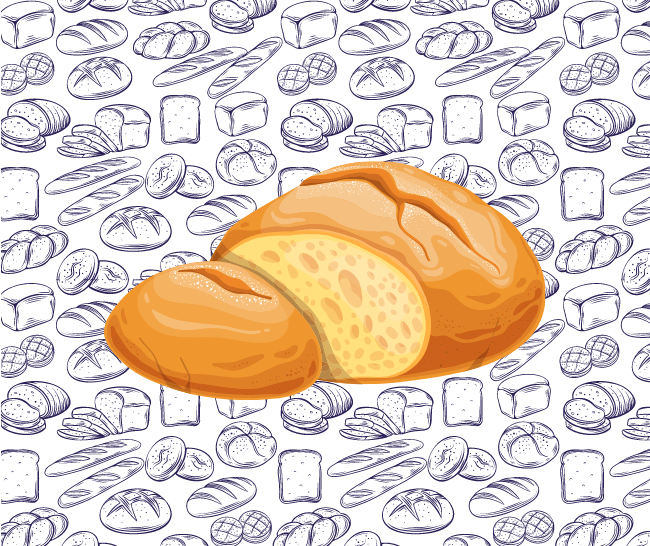
Organic Bread
Organic bread simply means that all the ingredients used to make the bread are organic. Choosing organic food may be important to you for sustainability or other health reasons, but it doesn't necessarily mean that it's good or bad for blood sugar. You'll still need to take a closer look at the ingredients as there can be organic white bread, organic whole wheat, organic sourdough, or organic sprouted bread.
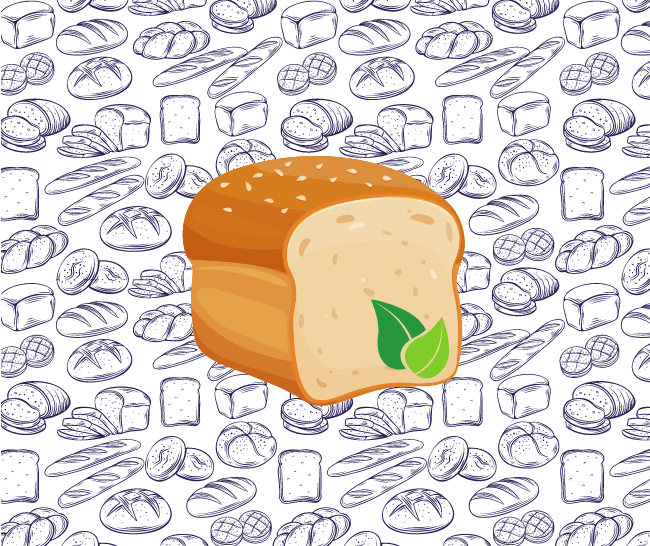
Gluten-Free Bread
Like the organic label, gluten-free bread doesn't provide information on how a bread will impact your blood sugar. It's made for people with celiac disease, gluten sensitivities, or those who choose to avoid gluten for other reasons.
Gluten-free bread can be made with grains that are milled and refined in a way that matches the texture of white flour. Check your gluten-free bread label to make sure it isn't made with white rice, another blood-sugar raising grain.
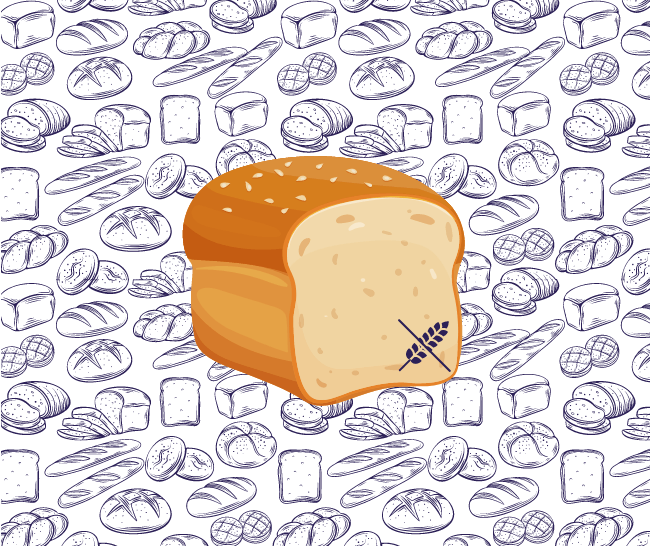
Top Breads for Blood Sugar
.png)
- Ezekial 4:9 Sprouted Whole Grain Bread
- Food for life 7 Sprouted Grains Bread
- Alvarado Street Sprouted Sourdough
- Dave's Killer Bread 21 Grains and Seeds Thin Sliced
You can also ask your local bakery or favorite baker from the farmer's market to see if they sell any sprouted options.
What you add to the bread matters too. A plain piece of bread with butter will have a different response from bread with turkey and avocado since the added protein and fat will minimize blood sugar spikes too.
What is the Worst Bread for Blood Sugar?
.png)
Red flags for bread include:
- Added sugar in the ingredient list, including high fructose corn syrup
- White flour
- Artificial colors or flavors (they really don't need to be in bread)
- Partially hydrogenated fat (trans fats)
If you see any of these ingredients on the label, it's a good idea to make another choice.
How to Read a Nutrition Label When Buying Bread
In addition to avoiding the above ingredients, here's what to look for to make a better bread choice:
- Ingredient list. Take a look at the ingredients and skip it if you see sugar. There are so many options that don't use sugar. Also, take a peek to look for any fiber-containing extras like chia or flax and whether it's a whole grain product.
- Carbohydrates. Total carbs will tell you all the carbs in the product, including any added sugars and fiber. Most of the best options are less than 15 to 20 grams of carb per slice of bread.
- Fiber. You'll find fiber under carbs on the label, and anything less than 2 grams of fiber is more likely to spike your blood sugar.
- Protein. Since protein helps blunt the glucose response, any protein from beans, nuts, and seeds makes it a better choice. Some of the seeded products can contain 5 grams of protein per slice.
.png)
Make Your Own Bread for Blood Sugar Balance
If you enjoy baking, a fun way to experiment with bread to support your blood sugar is to make it yourself! Baking gives you complete control of the ingredients and can even test by adding or subtracting some of the fiber-rich ingredients mentioned earlier, like chia, flax, or oats.
You can also try fermenting your own sourdough to improve the glycemic index (plus, homemade sourdough is delicious).
Can You Eat Bread Without Spiking Your Blood Sugar?
Yes! All bread is not created equal, and the wrong type of bread can spike your blood sugar and leave you feeling drained. However, if you choose wisely, bread can be a part of a healthy diet.
Sprouted grain bread wins the contest because it's high in fiber and protein, which means it won't have as much of an impact on your blood sugar levels. The key indicator is your glycemic response. You may find that even if bread includes fiber, it still may raise your blood sugar above your goal, so learning your individual response is key.
Signos Makes it Easy to Personalize Your Diet
Signos takes away the guesswork so you can find out exactly how these different types of bread affect your blood sugar. The CGM paired with the Signos app gives you immediate information about your food. Each of us is different, so understanding your personal response can help you make optimal food choices for your body.
<p class="pro-tip">Read these tips on avoiding blood sugar spikes after meals</p>
- Item 1
- Item 2
- item 3
Topics discussed in this article:
References
- https://pubmed.ncbi.nlm.nih.gov/27358413/
- https://diabetesjournals.org/care/article/31/12/2281/24911/International-Tables-of-Glycemic-Index-and
- https://fdc.nal.usda.gov/fdc-app.html#/food-details/325871/nutrients
- https://fdc.nal.usda.gov/fdc-app.html#/food-details/325871/nutrients
- https://fdc.nal.usda.gov/fdc-app.html#/food-details/172684/nutrients
- https://fdc.nal.usda.gov/fdc-app.html#/food-details/171850/nutrients
- https://academic.oup.com/ajcn/article/114/5/1625/6320814
- https://www.ncbi.nlm.nih.gov/labs/pmc/articles/PMC5310957/
- https://pubmed.ncbi.nlm.nih.gov/11976158/
- https://pubmed.ncbi.nlm.nih.gov/12145012/
- https://www.ncbi.nlm.nih.gov/labs/pmc/articles/PMC3317179/
- https://pubmed.ncbi.nlm.nih.gov/18317680/
- https://www.sciencedirect.com/science/article/abs/pii/S1756464613002247

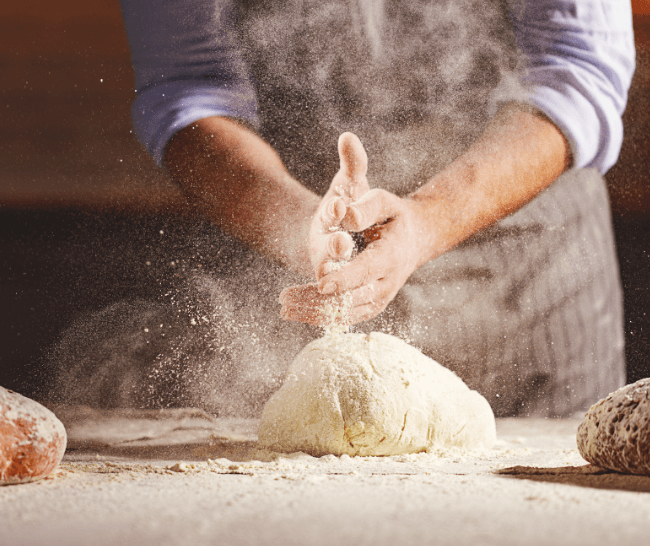


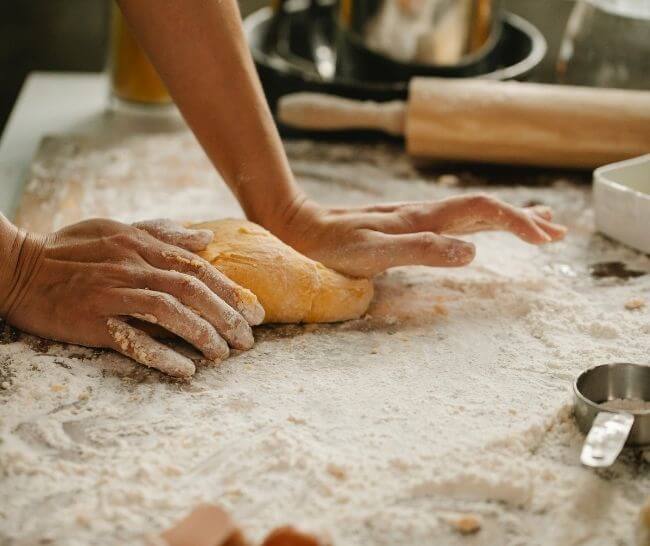
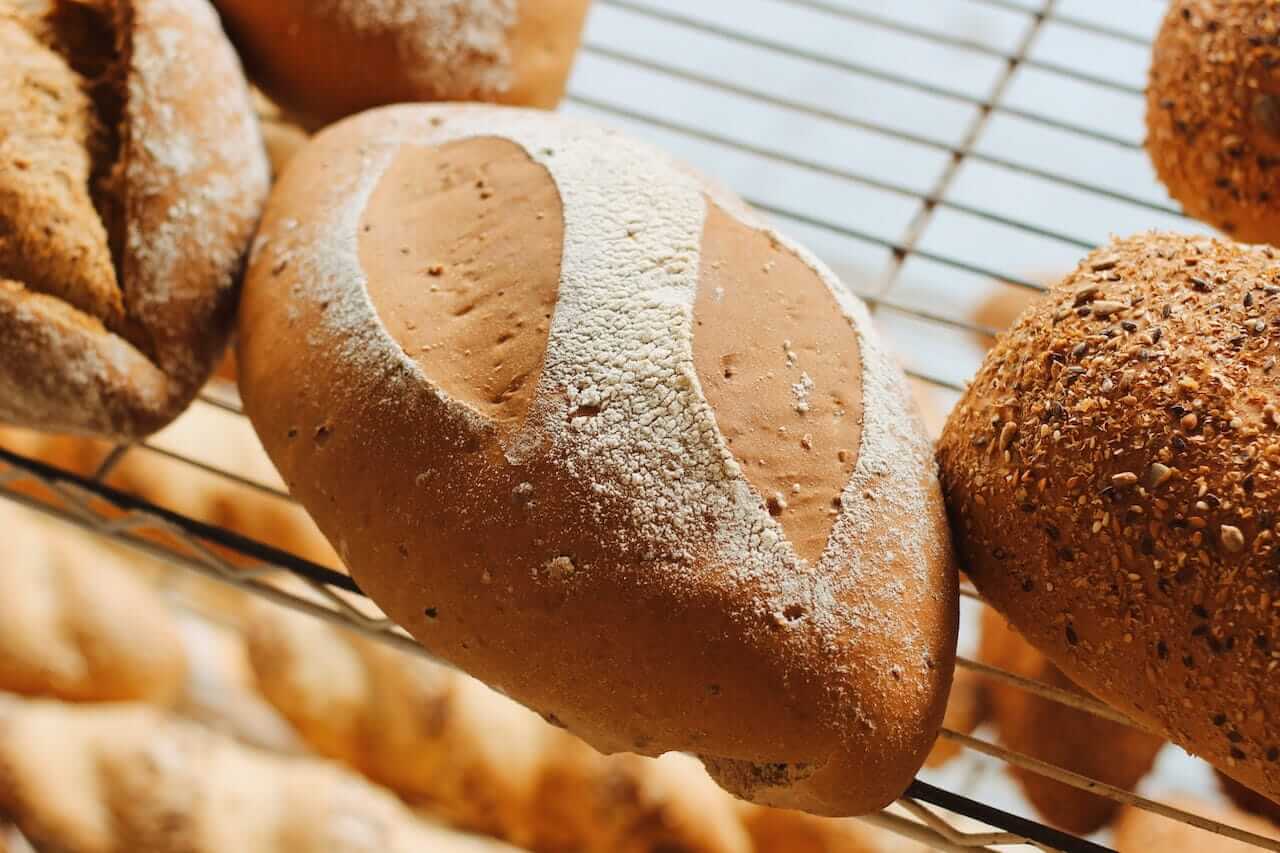
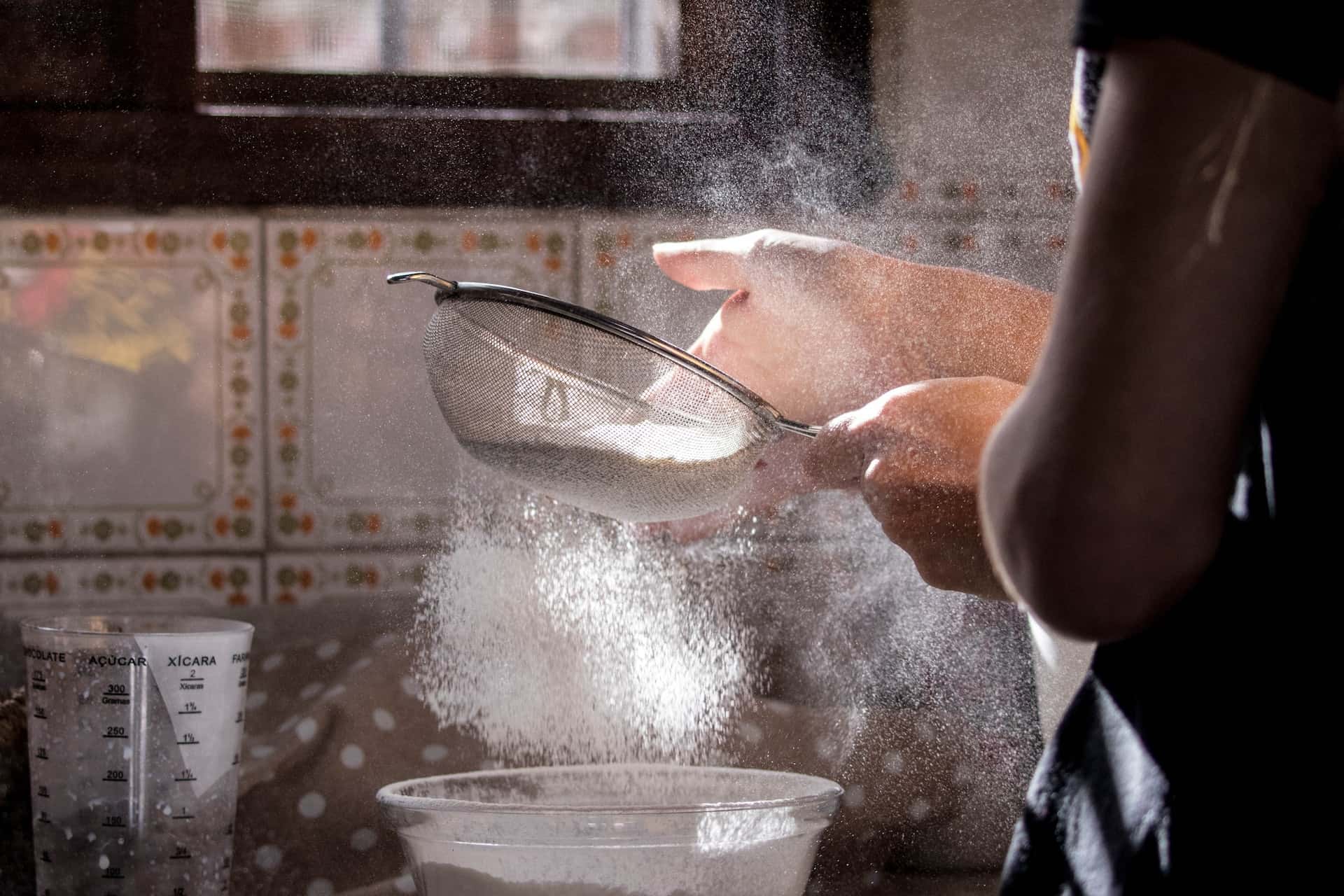


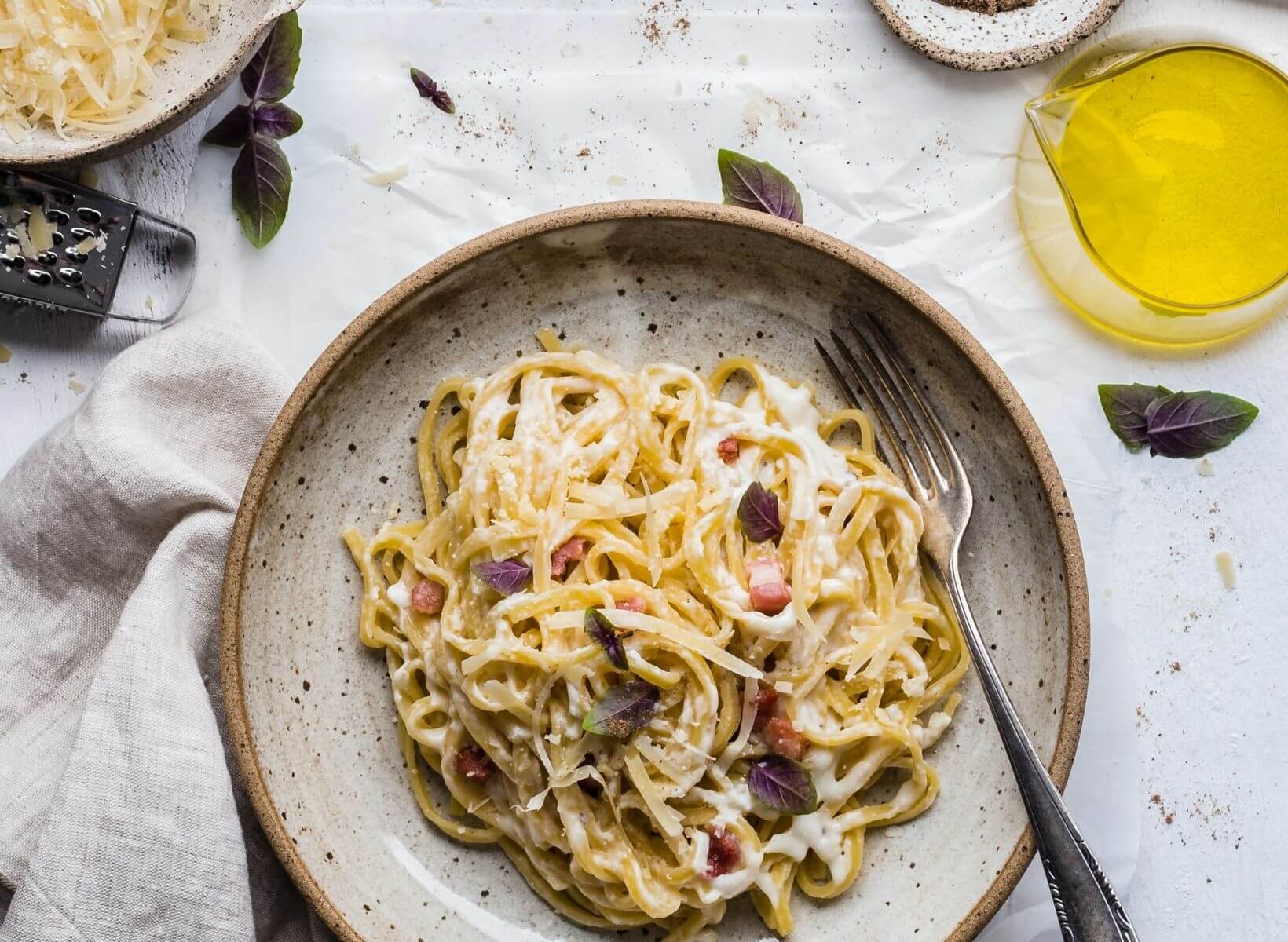
.jpg)





















